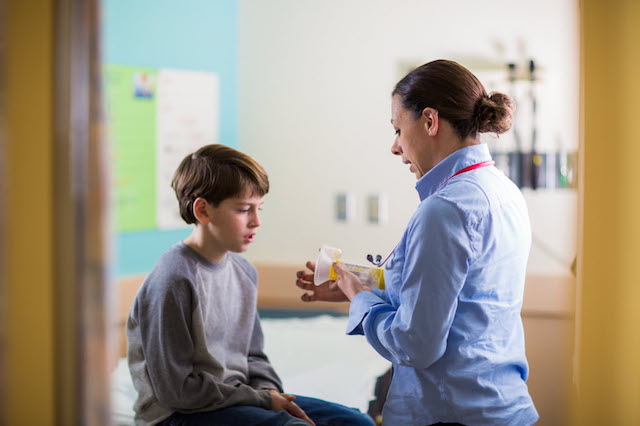


The core of the IMPACT DC Asthma Clinic is our clinical and educational intervention, targeted to children with frequent emergency department (ED) visits, hospitalizations, missed school days and other markers of poorly controlled asthma.
Our goal is to move children away from regular use of the ED for their asthma management, and towards more effective primary long-term asthma care and ultimately healthier lives. To that end, we not only provide services directly to families, but also work to strengthen the linkages among all those providing asthma care to the child – in the schools, community and healthcare system.
The IMPACT DC model of care was validated in a prospective randomized clinical trial, published in the Archives of Pediatrics and Adolescent Medicine (2006). The study achieved several clinically and statistically significant outcomes:
- Increased the use of controller medications by more than two-fold
- Achieved nearly a 50 percent drop in subsequent ED visits
- Sustained improvements in numerous measures of quality of life
IMPACT DC Annual Reports
Read our annual reports to learn more about our program's efforts to improve pediatric asthma and better the lives of the children we serve.
In the Community
Learn how we increase asthma awareness throughout the Washington, D.C. region.

Intervention
The IMPACT DC Asthma Clinic provides comprehensive asthma education, medical consultation and care coordination using a novel approach that is consistent with current national guidelines for asthma care.
The clinic typically sees children within two weeks of an emergency department visit or hospitalization for an acute exacerbation (asthma attack), or by referral, for a 90-minute visit where they meet with an asthma educator and a physician. Taking advantage of the “teachable moment” that naturally occurs after the crisis of an asthma attack, clinic staff focus on three key elements of asthma care:






